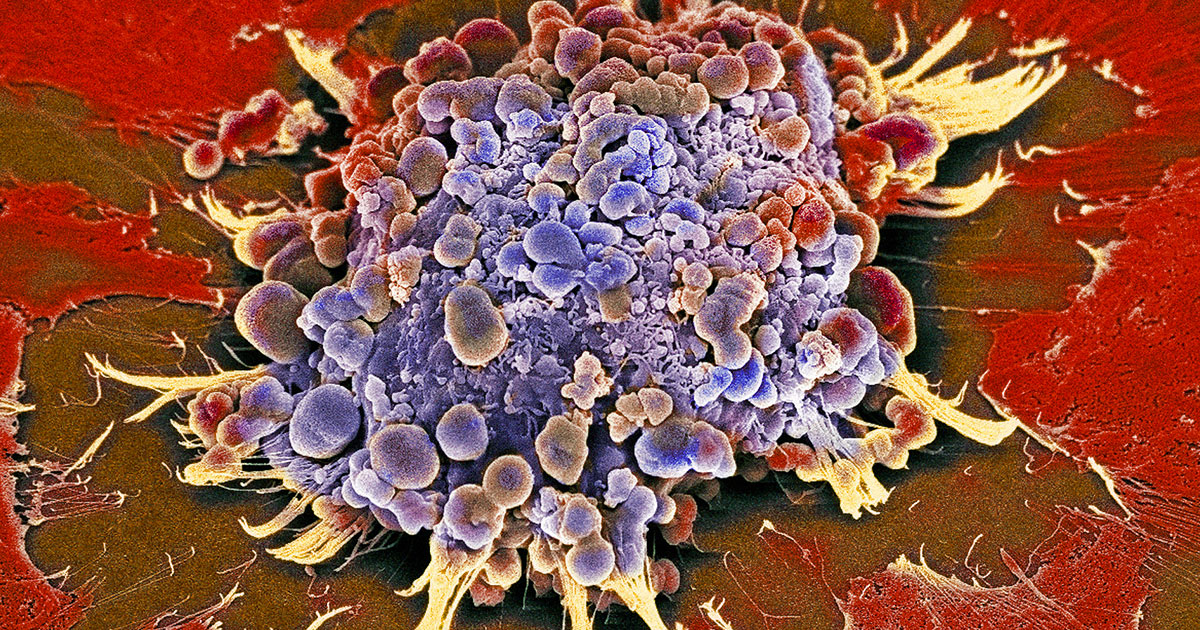The baculovirus expression system has revolutionized the production of recombinant proteins over the past few decades. This innovative technology provides an efficient and cost-effective means to express mammalian and other eukaryotic proteins on an industrial scale. Here we take a deeper look at how the baculovirus expression system works and its widespread applications.
What is the Baculovirus Expression System?
The baculovirus expression system utilizes Autographa californica multiple nucleopolyhedrovirus (AcMNPV), a natural pathogen of insects, as a bioreactor to produce recombinant proteins. AcMNPV infects and replicates efficiently in lepidopteran insect cell lines derived primarily from Spodoptera frugiperda (Sf9) and Trichoplusia ni (High FiveTM) cells. Recombinant genes are inserted into the baculovirus genome under the control of a strong promoter such as the polyhedrin or p10 promoter. When this recombinant baculovirus infects insect cells, it is able to drive high-level expression of the foreign gene. Cells are typically harvested 3-5 days post-infection, when protein expression levels peak. The recombinant protein of interest is then purified from the supernatant or cell lysate using chromatographic methods. Importantly, baculovirus-infected insect cells are capable of folding and modifying recombinant proteins through post-translational modifications like phosphorylation, glycosylation, disulfide bond formation and oligomerization – allowing for the production of structurally and functionally correct mammalian proteins.
Advantages of the Baculovirus Expression System
One of the major advantages of the Baculovirus Expression System is its ability to achieve high levels of recombinant protein expression in insect cells – regularly yielding milligram quantities of protein per liter of culture. Expression levels can reach up to 30% of total cellular protein, which far surpasses bacterial or yeast systems. Insect cells also support complex post-translational modifications similar to those found in human cells. Growth to high cell densities is fast and inexpensive using serum-free media in suspension culture. Additionally, the baculovirus expression system is highly versatile and allows customization for specific protein properties, such as secretion of proteins to facilitate purification. Scale-up for manufacturing is straightforward. There is also no risk of contamination from human pathogens. Together, these advantages have made baculovirus expression an important platform in the biopharmaceutical industry for producing relevant proteins for research and commercial applications.
Applications of the Baculovirus Expression System
The baculovirus expression system has found widespread utilization in areas ranging from basic research to industrial-scale production. Some of its key applications include:
– Structural biology – Many disease-associated proteins have been expressed in insect cells and used to determine their 3D structures via X-ray crystallography or electron microscopy, providing insights into function and guiding drug design.
– Vaccine development – Production of vaccine candidates for infectious diseases like influenza, hepatitis B, HIV, Ebola, and coronaviruses relies heavily on baculovirus expression of immunogenic proteins.
– Biotherapeutics – Recombinant clotting factors, monoclonal antibodies, cytokines, and fusion proteins are examples of biotherapeutic drugs manufactured commercially using the baculovirus platform.
– Enzyme engineering – Directed evolution experiments harnessing insect cell display have enabled engineering of enzymes with tailored properties.
– Protein-protein interaction studies – Insect cells are commonly used to express bait and prey proteins for pulldown and co-immunoprecipitation assays characterizing interactions.
– Protein analysis tools – Tagging of purified proteins expressed in baculovirus enables downstream applications like Western blotting, ELISA, X-ray crystallography and electron microscopy studies.
Advancing the Baculovirus Expression System
Scientists continue working to improve factors like yield, fidelity of post-translational modifications, and secretion of recombinant proteins to enhance the baculovirus expression system. New recombinant Baculovirus Expression System engineered for increased biosafety and optimized protein production are in development. The expanding use of insect cell lines derived from other lepidopteran species also broadens the host range. Growth in suspension combined with serum-free media and online bioreactor monitoring allows robust production at commercial scale. Additional applications taking advantage of insect cell-based transient expression systems are on the rise. With further advances, the baculovirus expression platform will undoubtedly play an increasing role in structural, functional and pharmaceutical protein manufacturing for many years to come.
The baculovirus expression system provides an invaluable tool for producing high-quality, biologically active recombinant proteins. Fueled by its diverse applications in research and industry, baculovirus expression technology continues to evolve and will likely remain a premier option for structural and functional studies as well as therapeutic protein manufacturing into the foreseeable future.
*Note:
1. Source: Coherent Market Insights, Public sources, Desk research
2. We have leveraged AI tools to mine information and compile it.



